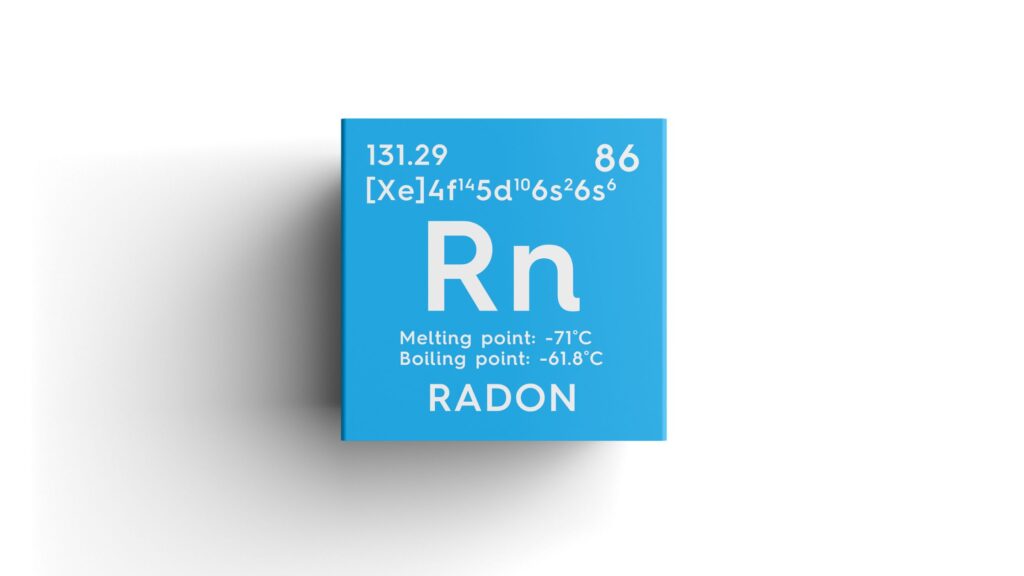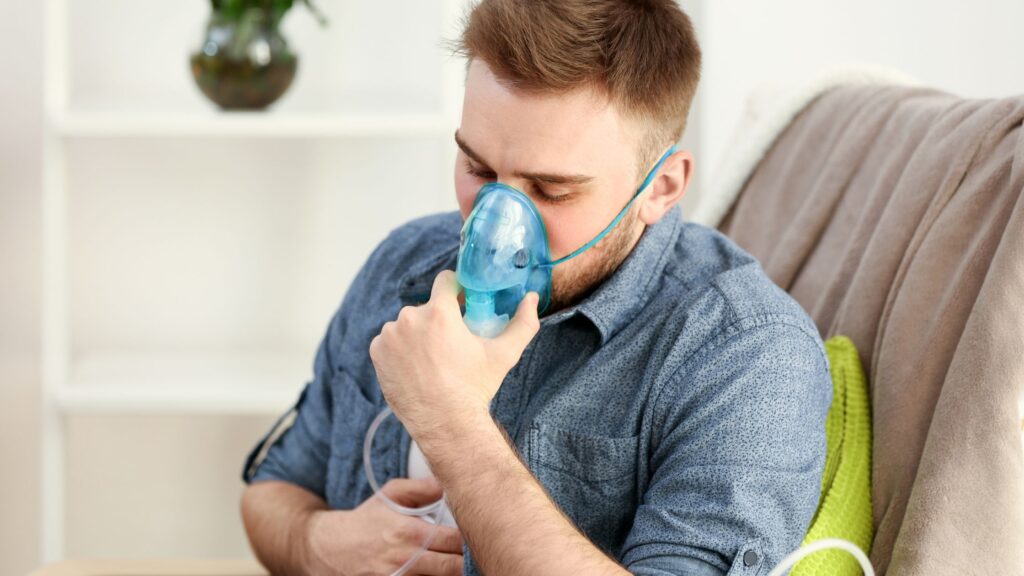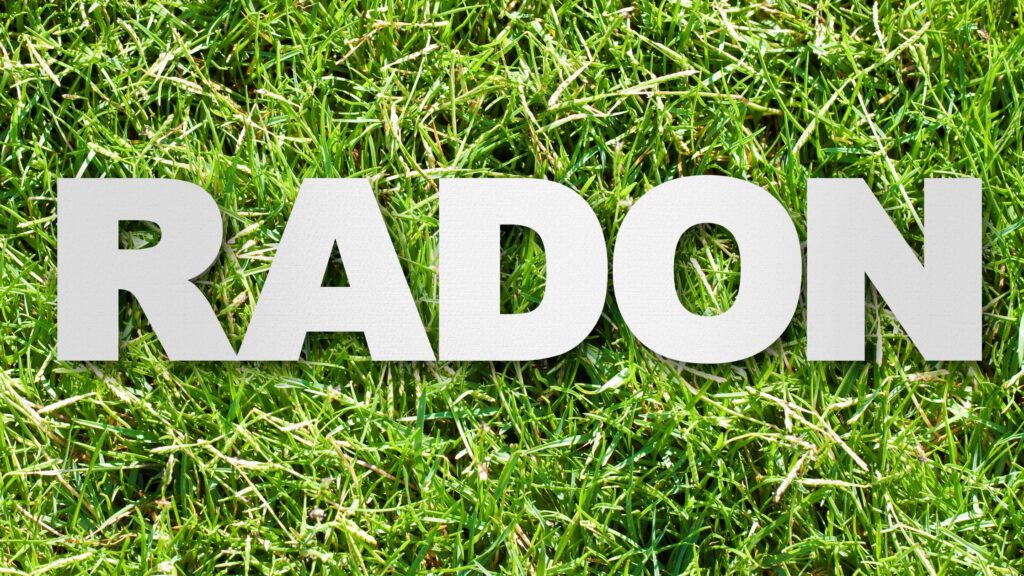With remote work becoming the new normal, homes have evolved into full-time workspaces. This transformation, while convenient, introduces unseen challenges—one of the most dangerous being radon exposure in remote work environments. Invisible and odorless, radon can accumulate quietly in enclosed spaces, posing a serious threat to your long-term health and productivity.
When spending long hours at home, air quality is as crucial as internet speed and ergonomics. Poor air, especially contaminated by radon, can affect concentration and well-being. Recognizing its risks and taking proactive measures can safeguard your health and work-life balance.

Understanding Radon and Its Hidden Threat
Radon is a radioactive gas naturally released from the decay of uranium found in soil, rock, and groundwater. Once inside your home, it can build up to dangerous levels—especially in areas with poor ventilation. Prolonged exposure damages lung tissue and increases the risk of lung cancer, making radon the second leading cause after smoking.
- Originates naturally from the soil and rocks beneath buildings.
- Enters through foundation cracks, wall gaps, or pipe openings.
- It cannot be seen or smelled—testing is the only way to detect it.
- Builds up in enclosed spaces, posing long-term health risks.
Addressing this issue early prevents severe health consequences and ensures your home office remains a safe, breathable, and productive environment. Learn more about What Is Radon?
Why Remote Work Increases the Risk
Remote work often confines individuals to one room for hours, unintentionally increasing exposure to indoor pollutants like radon.
- Home offices in basements or lower floors often have higher concentrations.
- Poor ventilation traps air and allows radon to accumulate over time.
- Energy-efficient designs, though beneficial for savings, limit airflow exchange.
- Extended daily occupancy amplifies cumulative exposure.
With remote professionals spending over 2,000 hours annually in the same space, even moderate radon levels can become a long-term concern. Continuous air circulation, regular testing, and awareness are critical to keeping home offices safe and sustainable.
Detecting and Reducing Radon Exposure at Home
Testing and mitigation are the most effective defenses against radon buildup. Here’s how to act responsibly:
- Start with a professional radon test: Use certified devices to measure levels accurately over several days.
- Seal entry points: Close cracks in floors, walls, and foundations to reduce seepage.
- Install a mitigation system: Ventilation fans and piping redirect radon gas outside.
- Maintain ventilation: Open windows or use air exchangers to balance airflow.
- Retest regularly: Check every 2–5 years or after any renovation work.
Small actions can drastically lower exposure and create a healthier indoor atmosphere for everyone working from home.
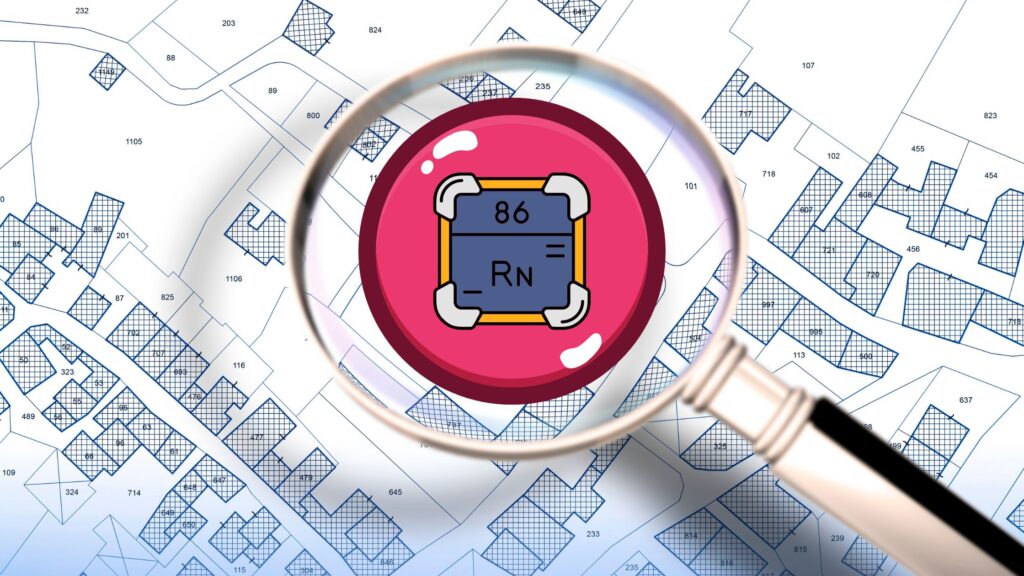
The Importance of Professional Assistance
Certified experts provide accurate detection and lasting solutions for radon control. While DIY test kits can give a quick idea of radon levels, professional testing ensures precision, reliability, and effective long-term results.
- Comprehensive Inspection: Professionals assess your home’s structure, foundation, and airflow to identify radon entry points. They inspect slab cracks, sump pits, crawlspaces, and utility penetrations, often using diagnostics like smoke to trace paths and establish a baseline.
- Advanced Testing Tools: They use calibrated digital monitors to track radon fluctuations over several days, providing detailed readings. These devices log hourly data with tamper-resistant features, following EPA/ANSI-AARST protocols for reliable results.
- Customized Mitigation Plans: Experts design custom systems to vent radon from beneath your home’s foundation to the outside. Solutions may include sub-slab depressurization, sealed crawlspace membranes, or drain-tile integration, tailored for airflow and noise control.
- Safety and Compliance: Certified installers adhere to safety standards and EPA guidelines, following electrical codes and vent clearances. They use UL-listed components and provide documentation for permits or real-estate disclosures.
- Durable, Long-Term Solutions: Professionally installed radon mitigation systems can reduce levels by up to 90% and often come with performance warranties. Installers add monitors and service ports, and seal sumps to maintain effectiveness over time.
- Post-Installation Verification: After installation, technicians conduct follow-up testing to ensure radon levels are safe. They perform a short-term confirmation test, recommend a long-term test for another season, and provide a report along with a retest schedule.
Trusting experts ensures your system works efficiently, providing lasting protection and maintaining clean, breathable air in your home office.
Creating a Safer Workspace
Maintaining a healthy workspace isn’t just about posture and lighting—it’s also about air quality. A clean, radon-free environment boosts focus, reduces fatigue, and supports overall well-being.
- Test your workspace periodically to ensure consistent safety.
- Improve ventilation using fans, purifiers, or window airflow cycles.
- Avoid long hours in enclosed or basement offices without proper testing.
- Keep a monitor to track radon fluctuations throughout the year.
By integrating these simple practices into your work routine, you transform your home into a safer and more productive workspace—protecting both your health and your future.
Conclusion
As remote work continues to shape modern living, addressing radon exposure in remote work environments is essential for long-term health and productivity. Awareness, regular testing, and professional support form the foundation of a safe workspace.
For accurate testing, effective mitigation, and expert guidance, trust DSM Radon — Iowa’s leading name in radon testing and mitigation. With their expertise, homeowners and remote professionals can enjoy cleaner air, a healthier lifestyle, and greater peace of mind knowing their workspace is protected from hidden environmental risks. Investing in prevention today ensures safety, comfort, and confidence for years to come.
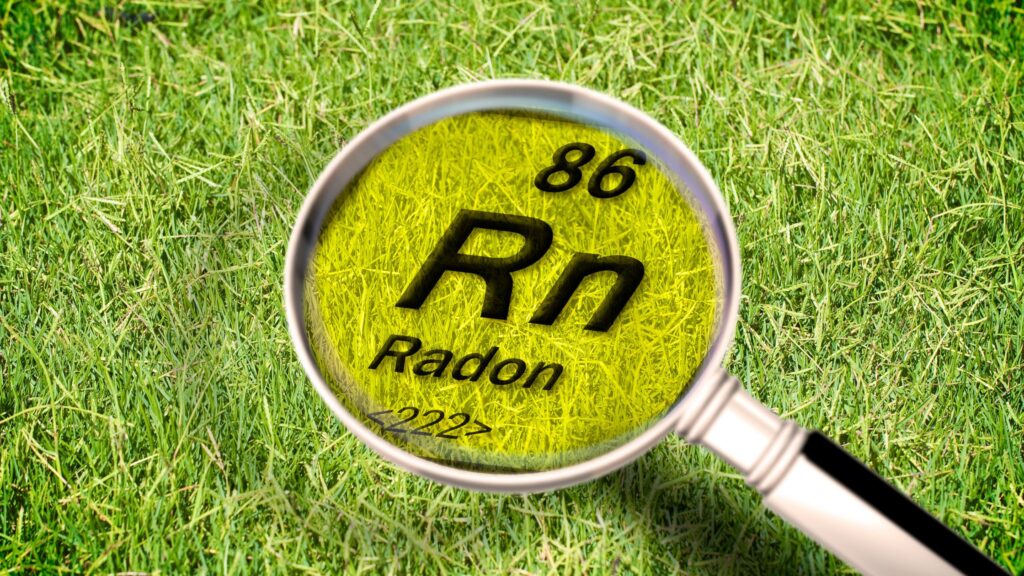
FAQs
1. How does radon enter my home office?
Radon seeps through cracks in foundations, floors, or walls and collects in enclosed areas, especially basements or ground floors.
2. What are safe radon levels for remote workspaces?
The EPA recommends keeping levels below 4.0 pCi/L, but reducing them to 2.0 pCi/L or less provides added safety.
3. Can opening windows reduce radon permanently?
Opening windows temporarily lowers levels but doesn’t eliminate the source. Professional mitigation ensures lasting results.
4. How often should I test for radon at home?
Testing every 2–5 years, or after major home renovations, ensures continued safety and accurate readings.



